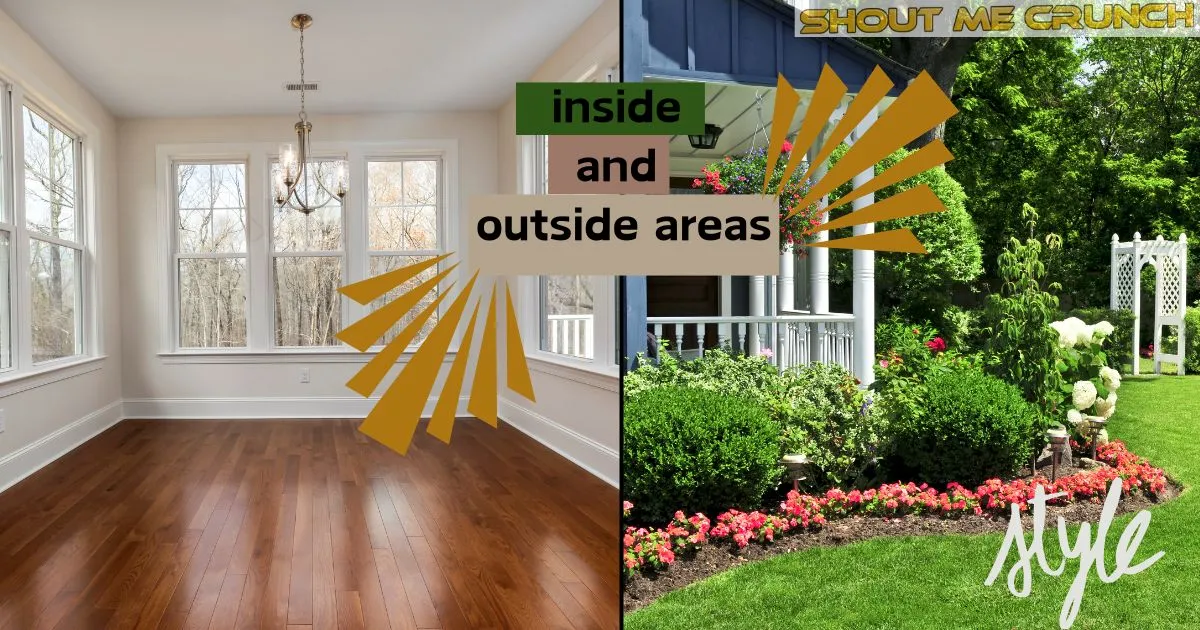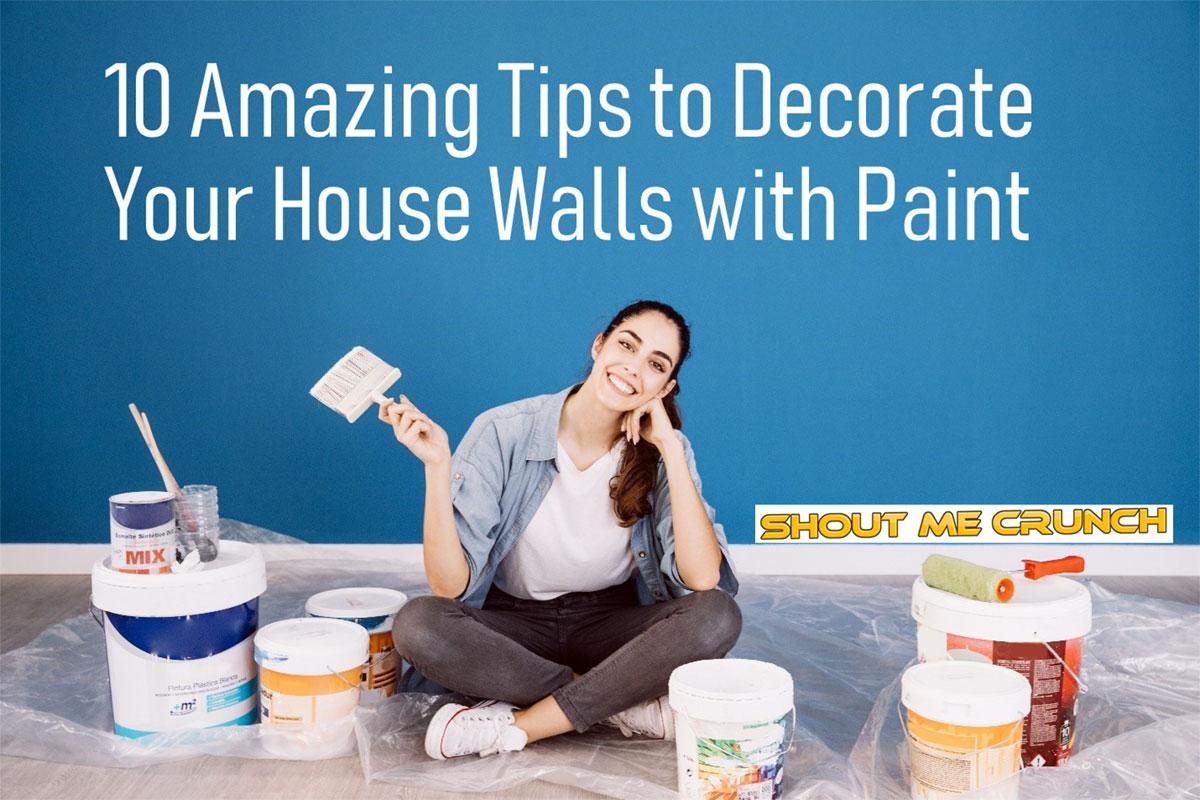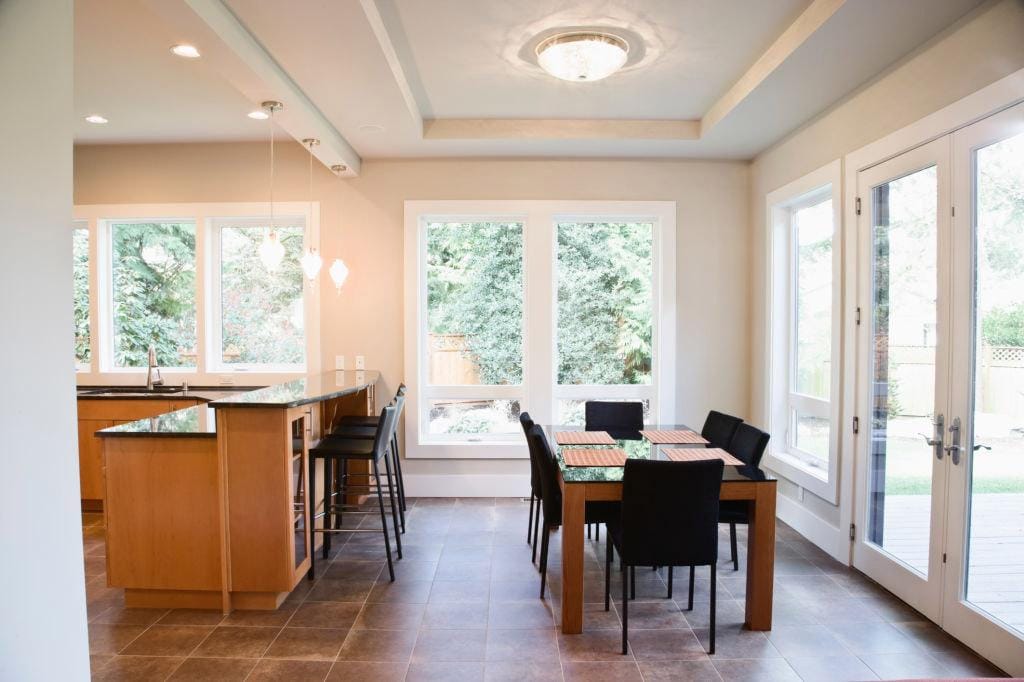Your home will flow more beautifully and functionally if you can create a smooth transition between your inside and outside areas. A living area is extended, and harmony and oneness are created when the outside design reflects the inside.
Here are some tips to ensure your outside area reflects the charm of your kitchen or if you want to make a cozy living room extension.
1. Continue the Color Scheme
One excellent way to make your indoor and outdoor areas flow together is to carry your inside colour scheme outside. Consider the colors that take the front stage in your interior spaces. Perhaps they are a calming combination of greys and beiges with a pop of vivid blues and greens. Selecting outdoor furniture and accessories in those similar hues will help to extend this atmosphere outside.
You might, for example, select outdoor cushions in the same blue or green tones as your living room, or you might even locate an outside rug that reflects the same neutral tones. A few matching-coloured decorative items, like throw pillows or lanterns, will complete the look. Then everything seems purposeful and coherent whether you open your back door or glance out your windows. The whole place seems bigger and friendlier, as though the boundaries between inside and outside are being blurred.
2. Be Consistent with the Flooring
Flooring can play a significant role in merging indoor and outdoor aesthetics. If possible, use the same or similar flooring materials for both areas. For instance, if you have wooden floors inside, consider decking with a similar stain and pattern for your outdoor space. Composite garden decking can allow you to maintain the aesthetic you are going for, but with lower maintenance needs.
Alternatively, for homes with tiled floors, using the same tiles on a patio or conservatory can effectively blur the boundaries between inside and out.
3. Use Complementary Furniture Styles

A big part of bridging your interior and outdoor areas is furniture. It goes beyond simply providing a place to sit to include establishing a natural, harmonic flow between your living spaces. Select outdoor furniture to fill the void by matching the design and caliber of your interior furnishings. To maintain that smooth connection if your interior design tends toward a modern style with simple lines and minimalist feelings, search for sleek, modern garden sets. However, wicker or wood outdoor furniture will look great with traditional or rustic interior décor.
Consider it an indoor-style extension. Furniture consistency not only improves the transition visually but also establishes a unified mood that unites everything. Moving from your living room to your terrace won’t seem like a whole new universe. Rather, it will be an easy transition that adds coziness to the entire house. It’s a quiet yet potent approach to unify your indoor and outdoor spaces.
4. Extend Architectural Elements
Architectural details can also be carried from the inside out. Features like cornices, trims, or window frames that are distinctive to your home’s interior can be mimicked in outdoor structures such as pergolas, gazebos, or covered patios. This not only makes your décor feel inclusive but also enhances the architectural continuity between the spaces.
5. Harmonize the Fabrics and Textures
The fabrics used in your outdoor setting should reflect the quality and texture of those used indoors. If your indoor space includes luxurious velvets or soft linens, try to find outdoor equivalents that offer durability and weather resistance.
Many brands now offer outdoor fabrics closely resembling indoor textures, ensuring style does not compromise practicality.
6. Incorporate Similar Accessories
Accessorizing your outdoor space with similar motifs or artwork found indoors can also help in harmonizing both areas. For instance, if your indoor space includes a lot of metal art or ceramic decorations, incorporating these elements into your outdoor decor can tie the spaces together.
Additionally, using similar pot plants, lamps, or even books can enhance the indoor-outdoor connection.
7. Lighting to Set the Mood
Either inside or outside, the ideal mood depends on the illumination. It’s about mood setting as much as lighting. After a long day, picture entering a place that is warmly illuminated; it is instantly calming. Easily carry that mood outside now. When your lighting choices are in harmony, your house tells a single story.
Imagine having softly glowing pendant lights over your indoor dining room. Imagine now that same soft light coming from outdoor solar or LED lamps, lighting your garden or patio. It beckons you to unwind beneath the stars, much like an extension of your interior haven. Your entire house feels like a cohesive getaway designed just for you when you use consistent lighting schemes to establish a visual rhythm that moves the eye fluidly from one area to the next.
Conclusion
Your house seems larger and more unified when you combine your indoor and outdoor areas—it’s as though you’ve added living space without tearing down a single wall! The secret is to make the two places flow naturally into one another. Beginning with matching your color schemes, choose comparable tones for your furniture and décor both inside and outside. Everything seems to be one cohesive place because of the visual flow this produces. Match materials as well, don’t just color. If you have a lot of wood accents inside, carry some wood furniture outside to maintain the same style. Result? An aesthetically beautiful and very useful balanced space that works well for everything from intimate leisure to energetic get-togethers with loved ones.


